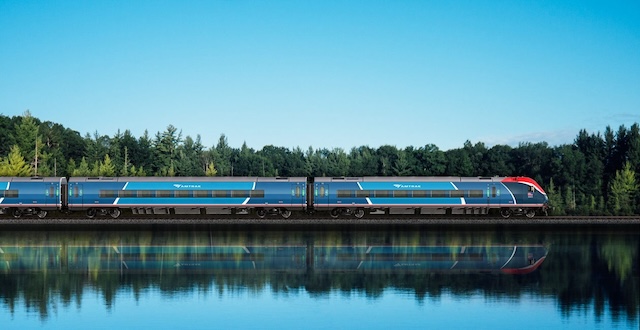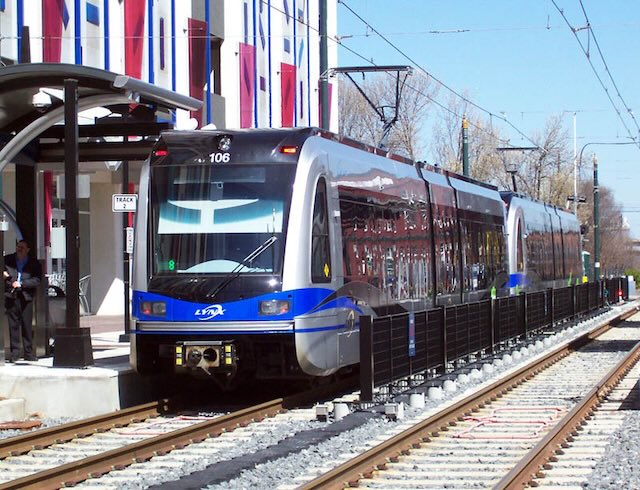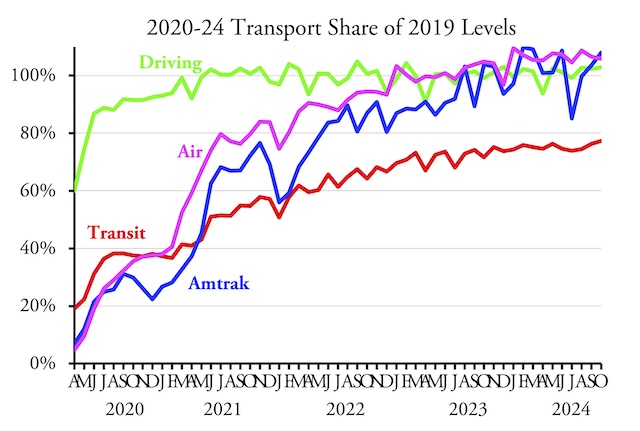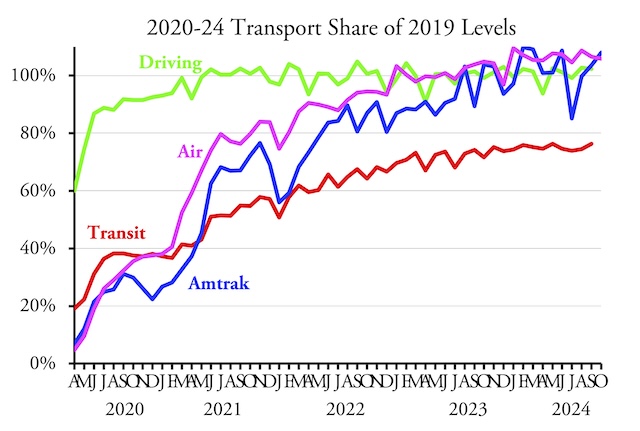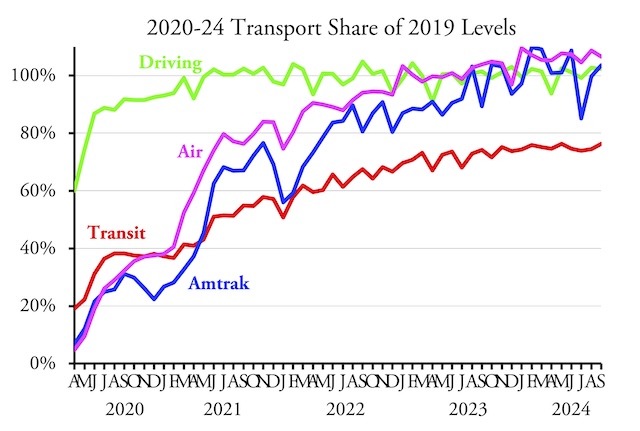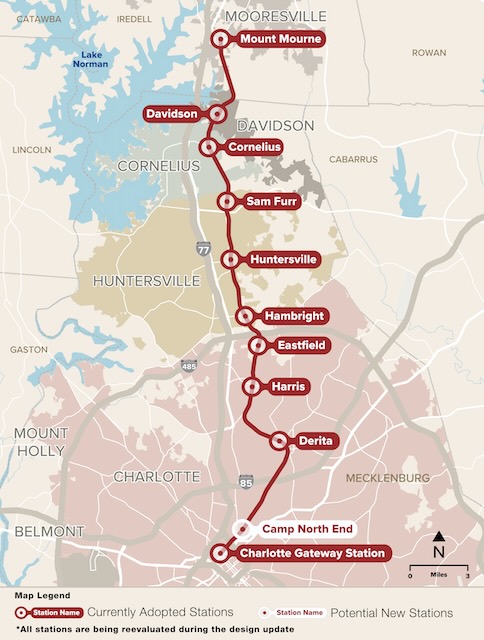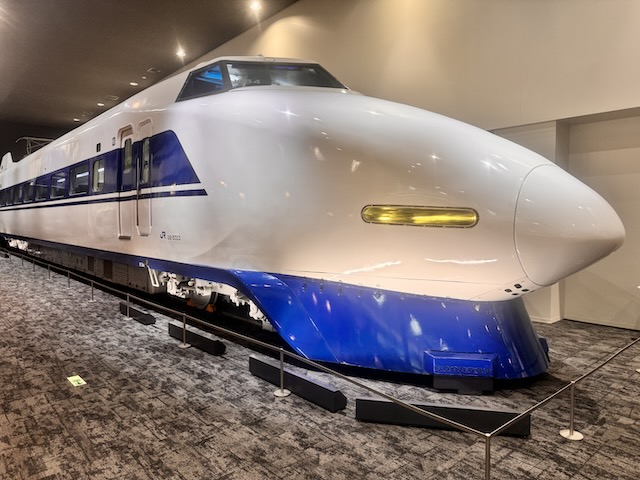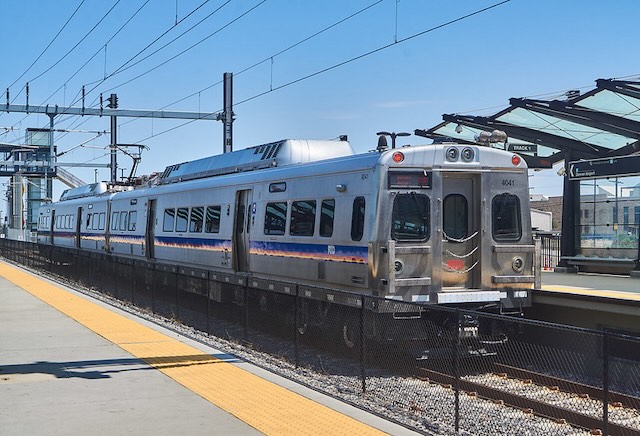Every line item in the federal budget has at least one special interest group advocating for its growth and ready to cry bloody murder if anyone proposes to reduce it. So it is no surprise that Trains magazine is shocked that Elon Musk would propose to privatize Amtrak.
Amtrak received a $7.3 billion federal grant to buy 83 new trains from Siemens that will be used in the Northeast Corridor and on state-subsidized day trains.
“Amtrak’s business performance is strong,” Trains quotes an Amtrak spokesperson. “Ridership and revenue are at all-time highs.” But a “strong” performance didn’t prevent Amtrak from losing well over $2 billion on operating costs alone in 2024, and Amtrak’s all-time highs are still pretty low: in 2024, Amtrak carried the average American just 19.6 miles. Americans ride bicycles far more than they ride Amtrak, they fly more than 100 times as many miles, and they travel more than 700 times as many miles by car as they ride Amtrak. Continue reading

